-
Posts
30 -
Joined
-
Last visited
Posts posted by Hemachandra
-
-
I miss the monotonous sound of windmills and weeding around the farm from Age of Empires II. I know they didn't exist in antiquity, but how about adding a water mill?
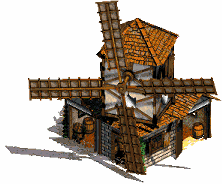 Spoiler
Spoiler -
On 24/10/2023 at 6:47 PM, Genava55 said:On 24/10/2023 at 7:52 PM, wowgetoffyourcellphone said:
I almost forgot. Are you planning to add Delphi, Corinth and Syracuse?
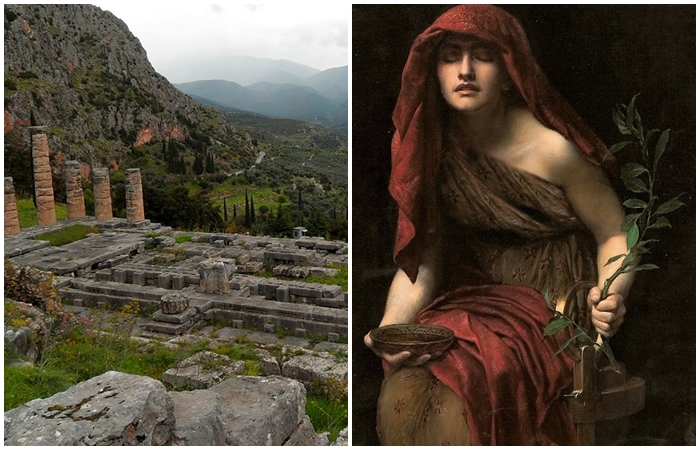
-
 1
1
-
-
5 hours ago, ShadowOfHassen said:
He directly used this source:
I can't find a complete list of objects that need history. I could use paragraphs from books describing these specific objects. I didn’t mean to quote everything indiscriminately. As for Wikipedia articles, I'm afraid that sometimes they are written by just anyone. That's why I try to use academic sources...
-
12 minutes ago, ShadowOfHassen said:
We cite our sources however and have sometimes been quoting ancient writings, but you can quote a few lines of a book. It's not illegal anywhere I've seen.
Then I will look through these books in search of information relevant to the game and perhaps I will dump pieces of the book somewhere and, if possible, correct the translation. I currently have virtually no information about units and few buildings match the game. Rather a description of culture, morals and religion.
-
5 hours ago, Vantha said:
IF you want.
18 minutes ago, ShadowOfHassen said:if you don't want to write.
The fact is that my sources are not officially listed as free. If on the forum the publication of excerpts from a book can be deleted at the request of the copyright holder, then getting into the game itself this can become a headache. Of course, there is a law that allows the use of such borrowings as training, but for how long..?
What about the information that the Spartans traditionally hunted and killed helots for sport? I remember discriminatory quotes about women were also removed from tooltips at one time.
-
I recently watched the Tekken 8 trailers and can’t wait to see similar landscapes in 0 A.D.
 SpoilerSpoiler
SpoilerSpoiler -
-
20 hours ago, Gurken Khan said:
Ptolemies and Seleucids have a Klerouchia (military colony); I guess it's a matter of balancing. The wikipedia entry contradicts many points from your posted description: https://en.wikipedia.org/wiki/Cleruchy
I probably can’t read English, but it clearly says that cleruchia is an Athenian feature first and foremost. As for balancing, why don't you play around with this by setting the city center limit to 1 of 1, after which the Athenians will build their cleruchias instead of city centers? But with a set of units typical for an urban center.
-
7 hours ago, Vantha said:
You don't necessarily need books, there are plenty of useful resources online, especially about the Greeks or Romans. I myself do most of my research on the internet, it can be a hassle sometimes, but still.
Just so you know, your help would be welcomed and appreciated. (no pressure, of course)

I don’t know English very well and the messages that I write here on the forum are typed text in Russian, translated through Google translator. This way, if I start writing texts, they will definitely be from Russian-language sources, maintaining typical Russian punctuation and sometimes with inappropriate words that you would then have to correct.

Still, I would like to see a grammatically correct game that respects tenses and pronouns (in Russian, many objects have a gender, while in English they are more often associated with the pronoun “it” rather than “he”). I don't think players will like fancy word constructions.
Spoiler
-
In accordance with the book description of Athens of the Attic period (500-323 BC) already had such a phenomenon as “cleruchia”.
QuoteThe Athenian felt a natural, healthy attraction to his native Demeter, and his government tried in every possible way to preserve the country's peasant population; but the most careful irrigation and terracing could not increase the area of fertile land as much as would correspond to population growth. Victorious wars gave the government the opportunity to strengthen the peasant element through a special kind of resettlement system - the so-called cleruchia. Part of the land was taken from the defeated state, and this was divided into plots (kleroi), which were distributed to the poor citizens. The cleruchy differed from the colony in that its members retained their Athenian citizenship, voted in the Athenian council and held Athenian positions on an equal basis with other citizens, while the colony was an independent political body with its own council and magistracy. So they were assigned to cleruchies one after another others: Thracian Chersonese, Lemnos, Imbros, a good part of Euboea, etc.
I suggest that the developers consider adding a cleruchy building to the Athenians.
As for the cleruchia of Sparta, you should clarify this in more advanced books.
-
12 hours ago, ShadowOfHassen said:
@Hemachandra you seem interested in the history side, you're welcome to help write.
To write historical information, you must have access to the latest information. Unfortunately, my sources, firstly, concern almost exclusively and only the classical ancient nations - the Greeks and Romans (no Celts or Asia), and secondly, they were written during the times of the Russian Empire. Therefore, if you do not want to get from an encyclopedia a collection of imperialist stereotypes, which can be obtained if you use, for example, the books of Wallace Budge, then you need a person who has access to Oxford.
But, if you are interested in my sources, then here are links to Russian-language sites. I think Google Translator will generally cope with correct translations. True, sometimes he “swallows” words.
Here, almost imperceptibly, there are buttons to read online in whole or page by page. I don’t recommend downloading, since Russian sites of this type pay little attention to security.
https://coollib.net/b/584177-faddey-frantsevich-zelinskiy-istoriya-antichnoy-kulturyi
-
I accidentally found sketches by your artist.
https://www.deviantart.com/lordgood/art/Hoplite-Portrait-671683221
Interesting enough. Are you planning to add a "Sketches" section to the encyclopedia?
-
I generally like jazz genres and modern opera.
SpoilerSpoilerSpoilerSpoilerEthnic.
SpoilerSpoilerAnd a little funk.
SpoilerSpoilerSpoiler-
 1
1
-
-
It is very sad. After all, it is 0 A.D. became the reason that I began to be interested in antiquity and now I understand how ancient Roman temples differ from ancient Greek ones with flutes on columns, stylobates instead of a podium, and sculpted pediments.
 0 A.D. to me has always felt like one of those games that can fight back against the ubiquitous, nauseating medieval setting.
Spoiler
0 A.D. to me has always felt like one of those games that can fight back against the ubiquitous, nauseating medieval setting.
Spoiler-
 3
3
-
-
19 hours ago, alre said:
I think houses in the game look better than the reconstruction and that's an artistic license. artists who make the buildings models are always trying to give a visually rich representation of them, which is not quite the same as four walls with a roof that shows a small opening... a house of that kind would have a porch and items in the inside that our artists will rather depict in the outside.
I was probably not quite understood correctly. I'm not advocating that you abandon current residential design entirely. If developers decide to introduce an improved and more spacious type of housing that will be available later in the city's development, then it will be possible to use, as you say, "four walls and a hole in the wall" as a model for representing ordinary houses. While the current artistic developments with flower beds and arches could simply “move” into more extensive new apartments of new types of houses.
I think this is a very promising solution.
-
Residential buildings of the 2nd–1st centuries. BC e. (estates, villas)
QuoteCity manor-type houses and country villas began to be built everywhere, providing shelter not only for the owners, but also for a large staff of servants, clients and slaves. Such residential complexes occupied quite large areas. They still retained the atrium, but the “Etruscan” tablinum became a passage room leading to the peristyle (a courtyard surrounded by a colonnade along the perimeter). The peristyle became a tribute to “Greek” fashion, which penetrated into the rich houses of the Romans along with Greek architects. The most characteristic was the atrium-peristyle house. In Pompeii, the best of these houses date back to the 2nd century. BC e. Some of them occupied an entire block, taking over the sites of many atrium houses that were being demolished or rebuilt (Fig. 6.16). The most famous of them are the houses of Faun (Fig. 6.17), Vettii, Pansa, Silver Wedding and Lucretius Fronto.
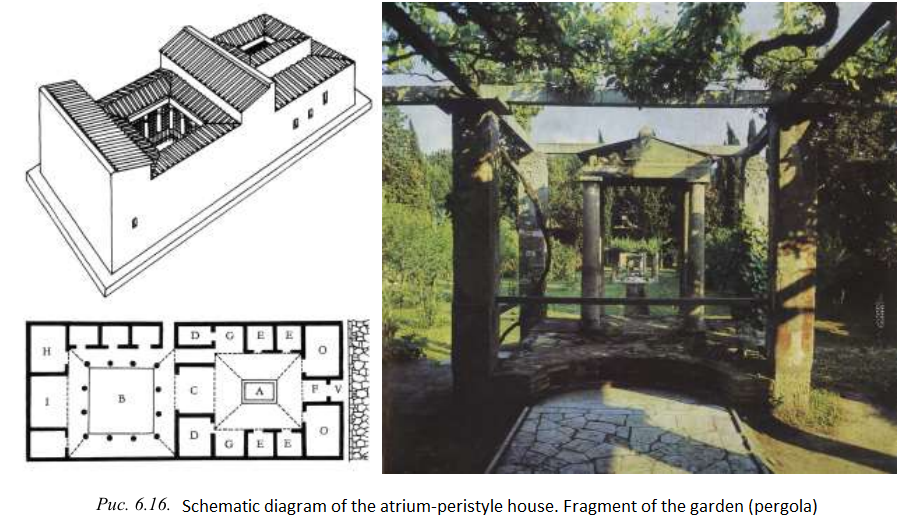
-
5 hours ago, wowgetoffyourcellphone said:
We can eventually have bigger or more luxurious versions of houses for the civs, but as far as gameplay goes having 2 different houses isn't very cool or interesting unless it's something special like the Carth houses. I can envision having Insulae for a hypothetical Roman Empire civ in the future.
If the availability of insula does not correspond to the current time period, perhaps there are other options for expanding Roman Republican houses?
I see that some time periods overlap and the Ptolemaic dynasty is presented in the game at the same time as Macedonia, although Alexander the Great should have been dead by then. Maybe the developers should embody the imperial period of Rome in the form of an era of city development, which could solve the problems with the insula? In the end, the faction does not indicate at all what period the Romans belong to.
Anyway, here's what I could find about 4th-3rd century Roman residential buildings. BC e:
QuoteTypical for the home of a wealthy patriarchal family IV century BC e. There was an atrium house with an axial plan in Etruria, Latium and Campania. The best example of such a house is the House of the Surgeon in Pompeii. The walls of this house are made of rubble and clay. Compacted earth floors and clay plastered walls give an idea of the primitive, harsh life of the 4th century. BC BC: “According to Cato, the ancients dined in the atrium, and their lunch consisted of two courses... There they kept money... There was also a kitchen; hence the name atrium, because it was ater (black) from the smoke. Others claim that Atria was an Etruscan city in which the houses had extensive vestibules; having adopted them, the Romans gave them name atriums (atria)..." (Servius, Commentary on the Aeneid, I, 726).
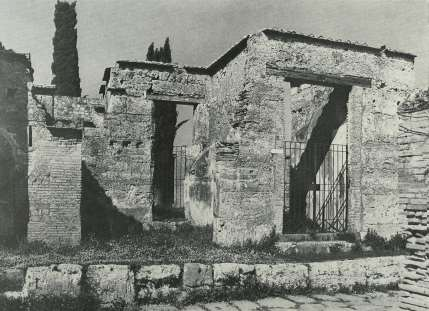
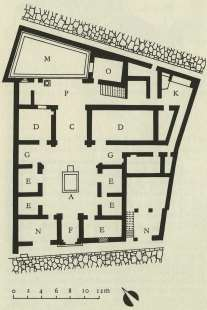 Quote
QuoteThe original Roman house was symmetrical, and its outer walls were almost blank. The high, narrow slits served only for ventilation. The simple facade features an entrance covered with a wooden beam. The Roman writer and scientist Varro mentioned patriarchal houses of this type in his satire “Rising Early.” In it, he painted a picture of the ideal past of the Roman Republic: “Young people make their own beds, which seem soft after work. The house is not a remarkable structure at all, but an architect could study symmetry from it ... "Axial symmetry is a favorite technique
not only Roman, but also Etruscan architects, who widely used it in the layout of cities, residential buildings, temples and burials. This scheme became typical for most residential buildings not only in Pompeii, but also in other cities of the Roman Republic. The roof design deserves special mention: “The slopes of the roof of the Italian house are not directed outward, but towards the central rectangular hole, which is made above the atrium. Through this hole - the compluvium - rainwater flowed into the pool located underneath in the center of the atrium - the impluvium. Water was directed along the sloping bottom of the impluvium
into a tank installed under the floor. The atrium with a hole in the roof was a light well for all the rooms surrounding it, which, as a rule, had no windows...” [36, p. 102]. The depiction of houses on Etruscan urns of that time indicates the possibility of draining water to the outer walls ("rain atrium") (Fig. 6.6).Do you agree that the houses of the early republic are not very similar to those presented in the game?
21 hours ago, Genava55 said: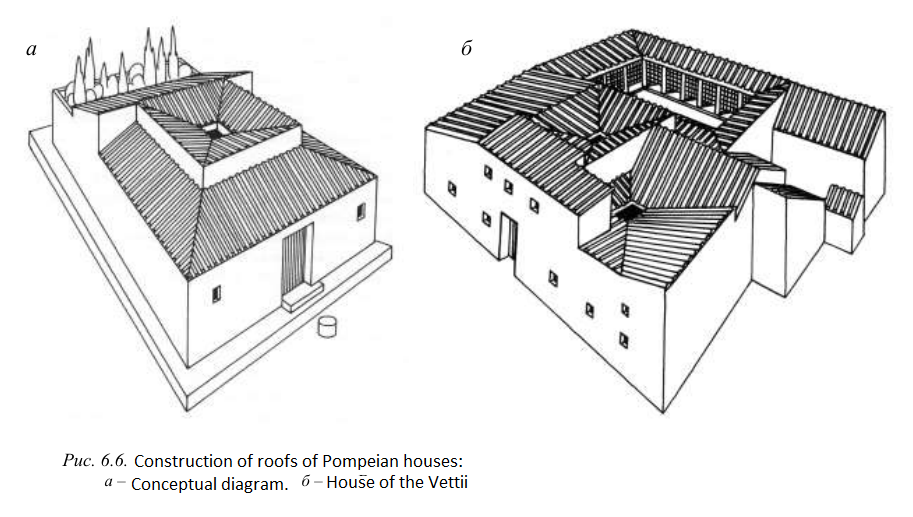
-
5 hours ago, ShadowOfHassen said:
and Sparta really should have Helots and no Trading.)
It would be great if helots worked for the Spartans, the cities would not have walls and trade (Sparta could trade between its own markets and only with other Spartans on the map, so concerns can be mitigated here.) It seems to me that this would be an excellent testing ground for developers in terms of creating the first “asymmetrical” nation with its own unique gameplay. Perhaps in the next alphas you will want to return to this?
5 hours ago, ShadowOfHassen said:Gameplay wise, I think it'd just clutter things up.
If you are so afraid of confusion, then from a gameplay point of view, the developers should then completely “copy” the layout of the cities of the original Ages of Empires 1 and 2, where all the buildings in all nations are exactly the same. There is no prytaneum, no sissitia, no monument of glory. The establishment of a second rich type of houses will cause “confusion” no more than these unique buildings. I think all fears in this regard are unfounded, especially since luxury villas are planned to be made in the later stages of the game, which will significantly save players time on building a bunch of separate small houses, instead building one large historically accurate house from the classical or Hellenistic era. The same applies to the Roman insula. For example, the temples of the Persians look more like cubes than the rectangles of the Greeks. Is this bad for gameplay?
5 hours ago, ShadowOfHassen said:Why two houses? There's simply no benefit beyond a civ's special power.
Two types of houses, because the first "classic" 3x3 house will be available in the village stage, and the second type of houses - rich city villas or simply houses of the rich - are open in later eras.
In addition, due to the lack of roads in the game, I think the developers should give city buildings an aura that simulates the presence of roads - units standing near houses could have an increase in movement speed.
-
11 minutes ago, Genava55 said:
pushing the patch.
I think pushing historically correct patches shouldn't be a problem. Although...
-
16 minutes ago, Genava55 said:
Because the project is inspired by AoE.
https://trac.wildfiregames.com/wiki/0adStory
The concept has been chosen a very long time ago:
Alpha 10 (2012)
Alpha 5 (2011):
But is it possible to add “advanced” dwellings, opening at later stages, to existing houses? For some reason, no one was bothered by the addition of the temple of Apademak to the Kushites, but with its dimensions it is not always possible to build it somewhere... In addition, the sources of information I cited prove the presence of two-story houses of various shapes not only in Carthage. And since this is clearly not the last update of the game, I hope to see more development of the civil architecture in the game.
-
35 minutes ago, Genava55 said:
Athens
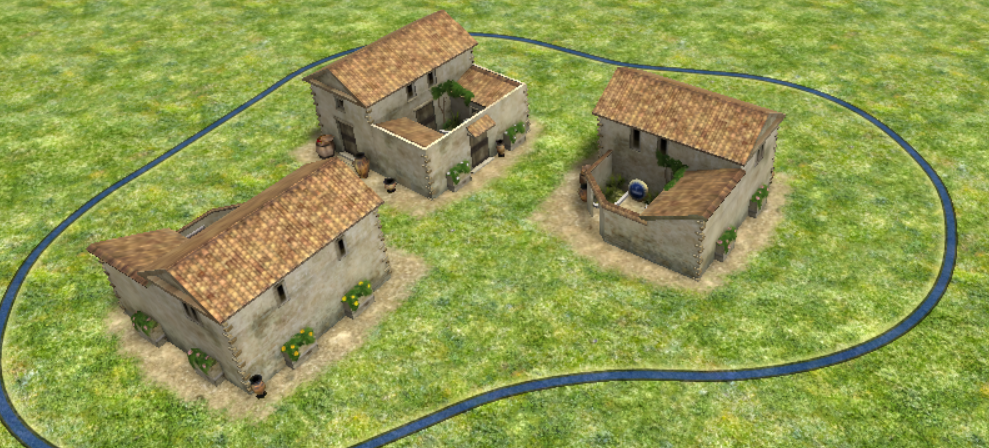
Spartans
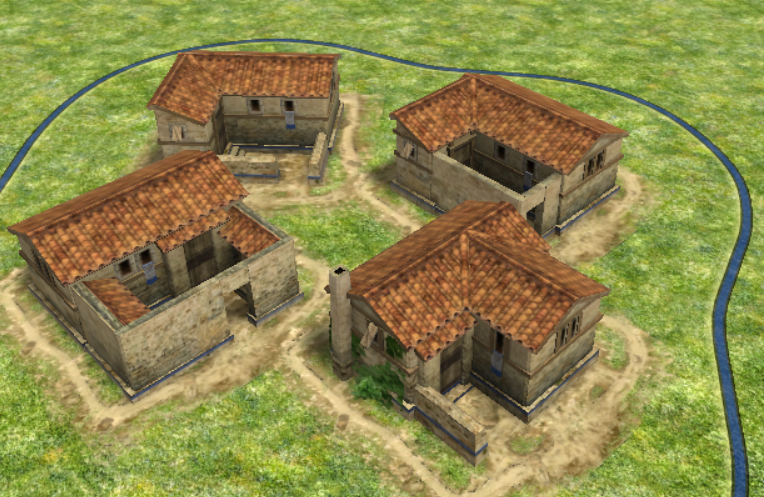
Macedonians
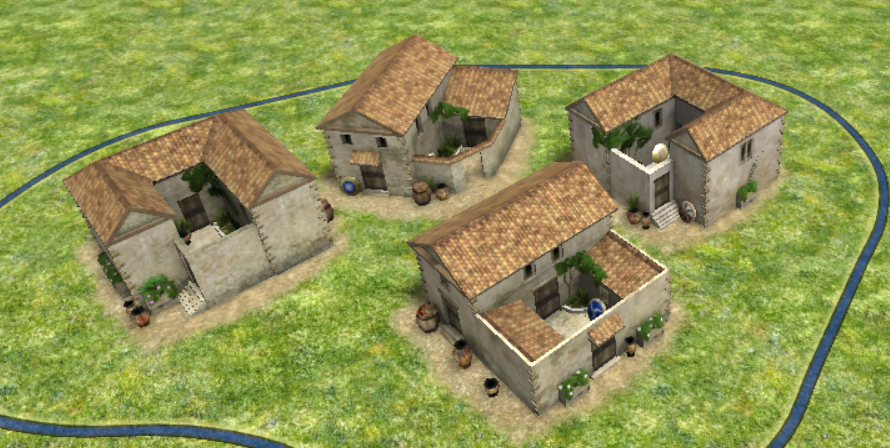
Ptolemies
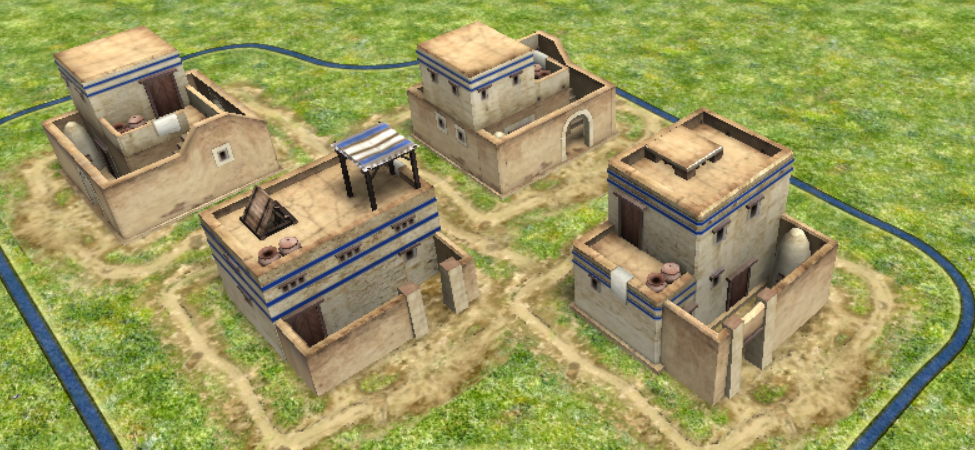
Seleucids
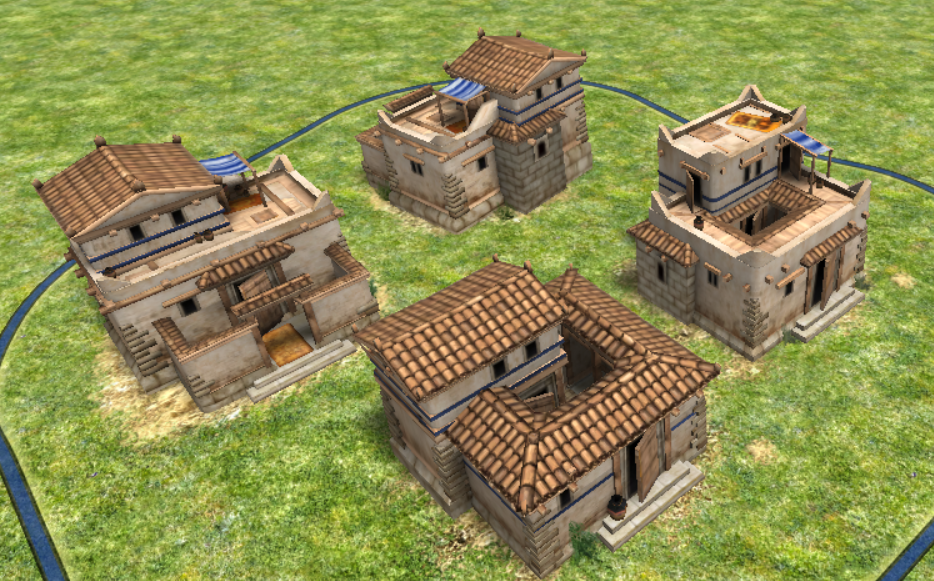
Romans
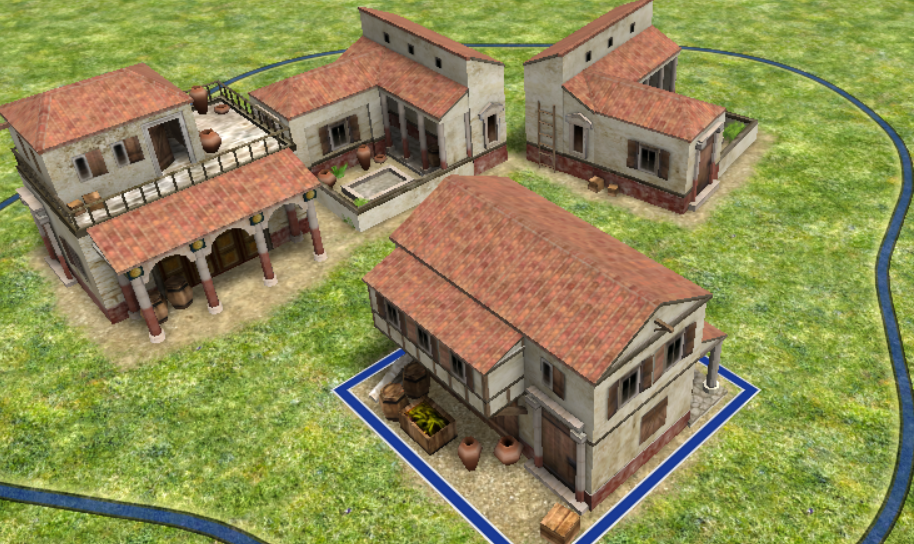
They are similar to what the book describes and depicts, but very distantly... If there is a second floor here, then compared to the rest of the buildings, the proportions here are extremely strange. Personally, I got the impression that almost all the houses are one-story. Why did you decide to compact the variety of house shapes into a 3x3 box? This seems to be not another Age of Empires...
The game has round plans for the Britons, and a huge temple for the Kushites, which should, in theory, free the developers from the obligation to make absolutely all building sizes identical to each other between nations. As for me, the varied layout of buildings, kept identical only within one nation, and not between all, is quite consistent with historicism. For example, one nation will have longer houses, others will have wider ones, and still others will have entire mansions with parks. Naturally, mansions will cost more than the huts of the Celts.
-
A few more quotes about houses of the Hellenistic period:
House of the Trident (Fig. 4.11, a), the construction of which dates back to the 2nd century. BC e., is an example of a small house with rich interior decoration. A wide hallway-hallway leads from the street to the peristyle courtyard. To the right of the entrance was the room of the gatekeeper slave. To the left of the entrance there was a shop with a utility room, opening onto the street with a wide doorway. The marble peristyle of the House of the Trident stands out among other rooms for its richness of decoration: large mosaics of the pool (impluvium), main portico, etc. were interpreted as ornamental multi-color compositions. In the northeast corner, next to the main hall, there was a room open to the south - an exedra. The premises of the house also included a room for slaves and a kitchen with a portable fireplace. The walls of the main rooms of the house were covered with stucco and painted with frescoes depicting architectural elements of interior decoration: masonry squares, corbels, cornices, and ornamental decorations.
The House of Masks, (https://maps.app.goo.gl/6Dz1BoxeSZFYawPWA) dating back to the same time, can serve as an example of a house occupying an entire block (about 39x45 m) (Fig. 4.11, b). The building has two peristyles and a large number of varied rooms, some with beautiful mosaic floors and frescoed walls. The most characteristic architectural and compositional feature of the Hellenistic dwelling is the isolation of its interior space from the street. All means of architectural expressiveness and all the riches of decorative decoration were concentrated in the interior, mainly in the compositional center of the home - the peristyle courtyard. The interior architecture of a Hellenistic residential building is distinguished by great sophistication and grace. A combination of rooms of various shapes, decorations and colors, a courtyard flooded with light, surrounded by shady colonnades and decorated with small fountains, greenery, flowers, sculptures, multi-color fresco paintings and mosaics - all this made the architecture of the residential building especially close to people, beautiful, comfortable and cozy. The street facades of the houses had no windows and were blank smooth some walls without architectural or decorative decorations. Only the entrance portal was framed by a modest casing with pilasters and an entablature. In late Hellenistic times the entrance to the house was sometimes decorated with a portico.
-
I wonder if the developers are planning to expand the variety of siege weapons for the Persians? As far as I know, there were also buildings without a tower. This could be a cheaper version.
Spoiler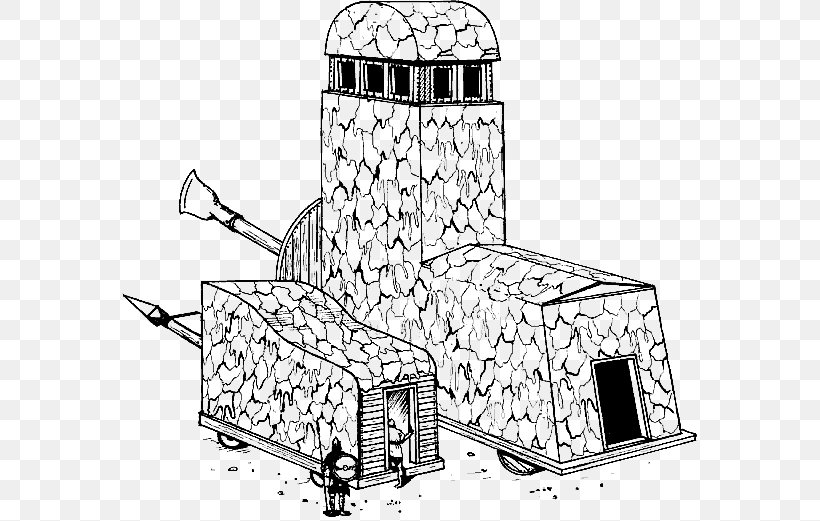
-
5 hours ago, vladislavbelov said:
It doesn't seem to work.
As far as I know, in MMORPG chats they fight spam by simply not allowing you to send messages containing prohibited words. Perhaps you should ban the use of the words “keto”, “diet”, etc. for a month?



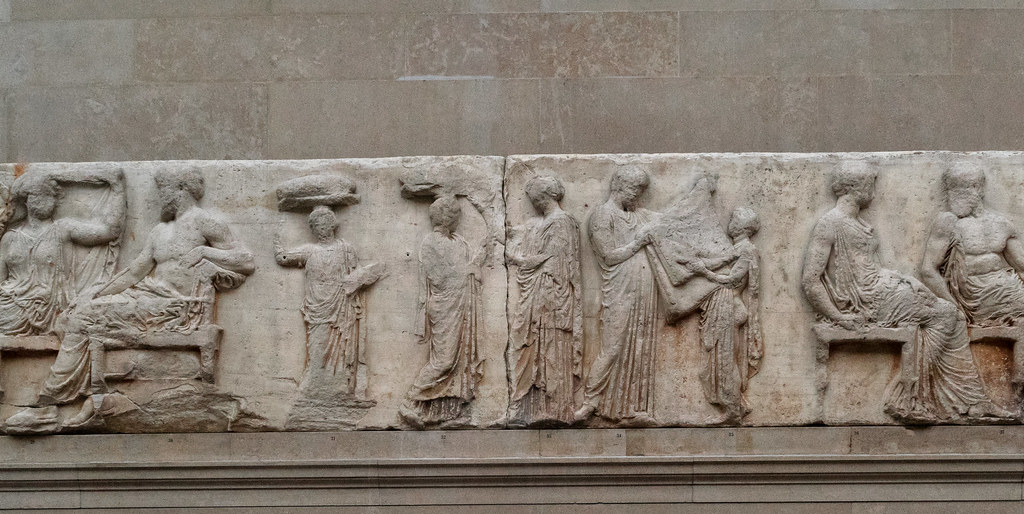
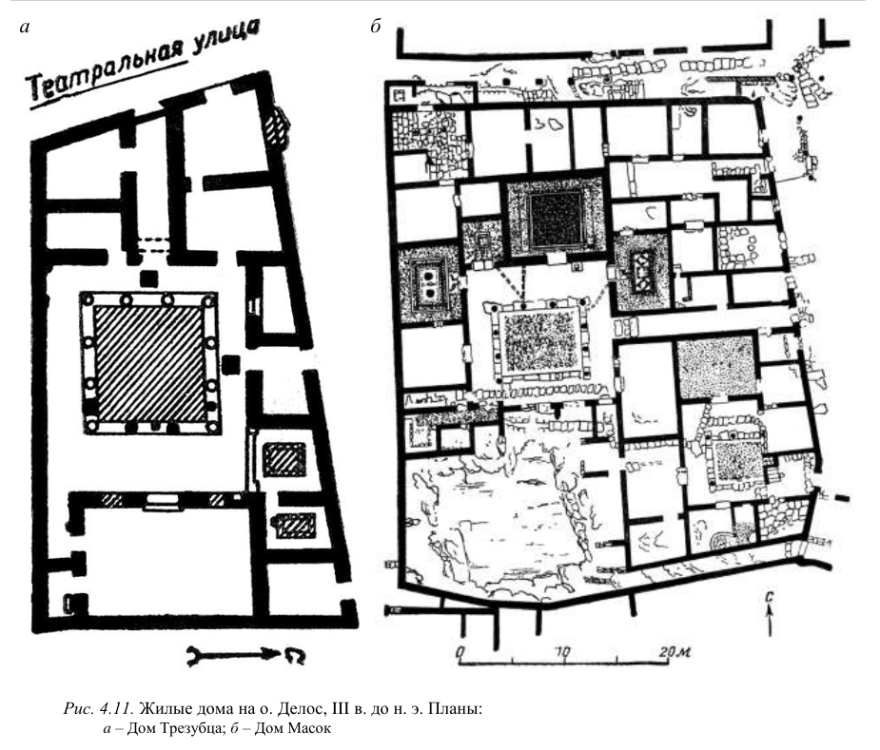
0 A.D's Built-in Encyclopedia
in General Discussion
Posted · Edited by Hemachandra
Have you played Age of Empires III? There is a very interesting encyclopedia there. The “vanilla” Age of Empires (I) also had a whole volume, albeit in a now unsupported reference format.
The last two are the loading screen and the in-game help interface.